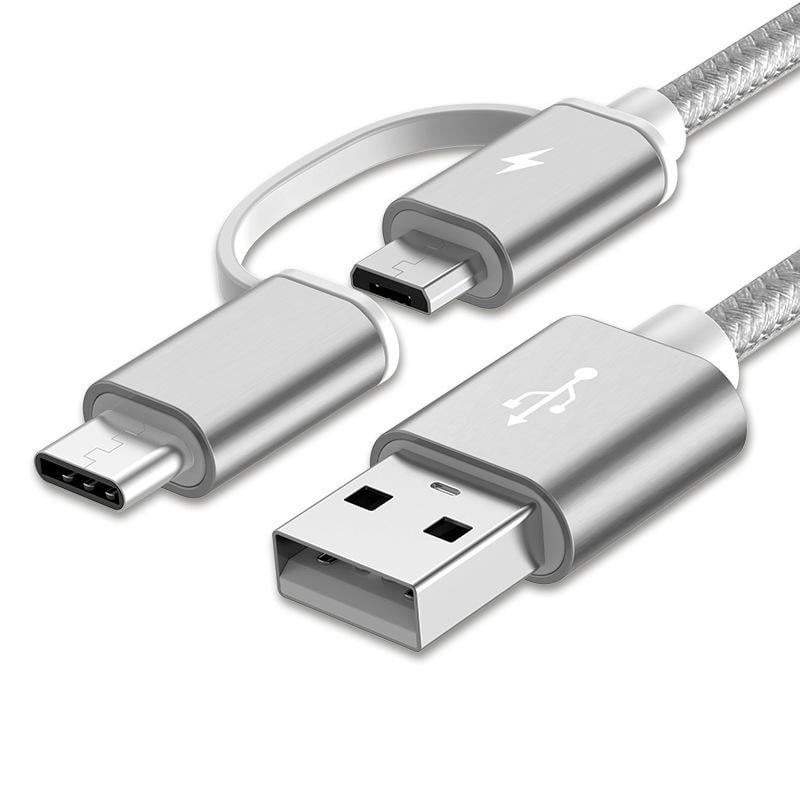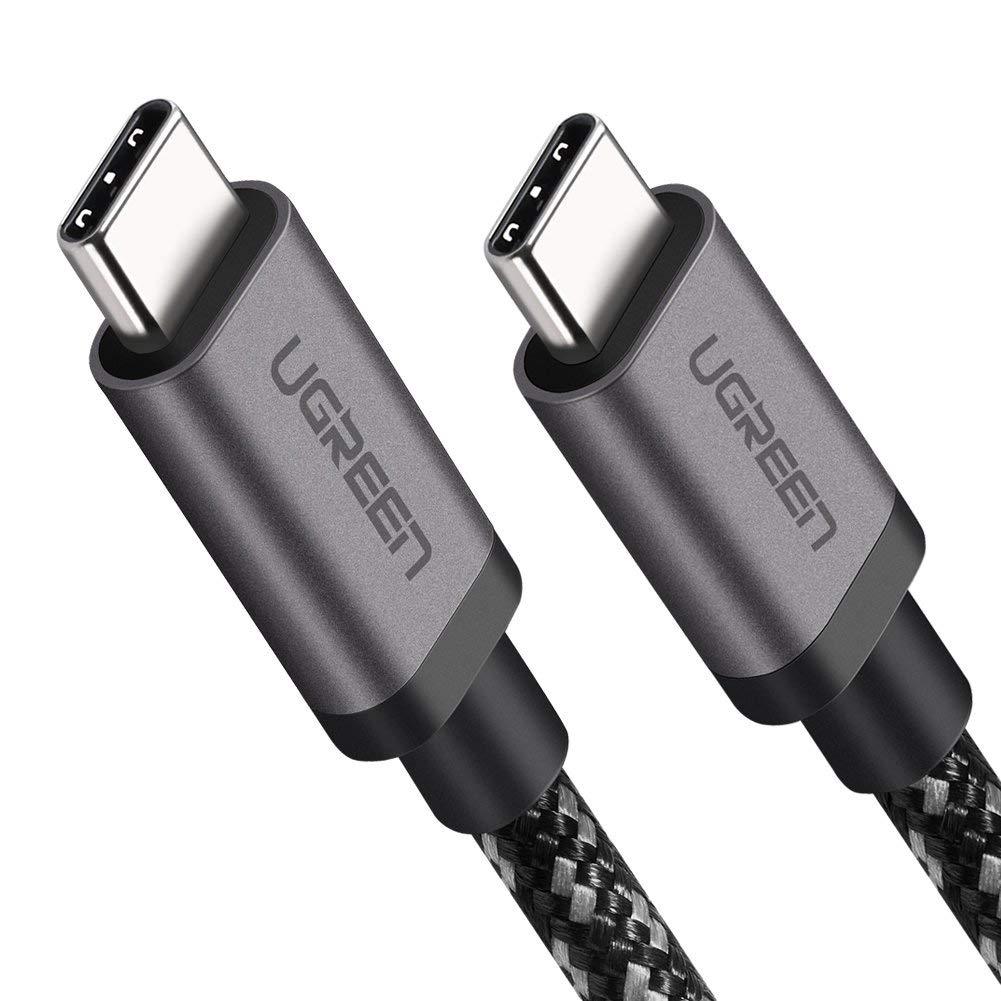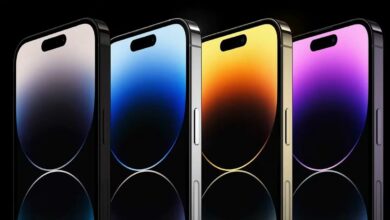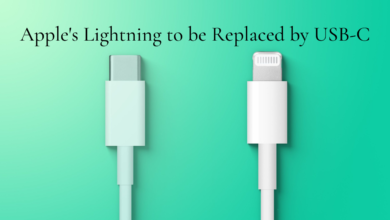The Difference Between USB-C and Micro USB

Essentially the world that you live in today is driven by the tech industry. Look around and, while driving, you will see the effect of incredible gadgets in your house, workplace. Looking at the devices around you in most of them you’re probably used to finding a USB or Micro-USB port. This has become a standard feature for powering items and improve connectivity.
Nowadays, USB cables and ports are ubiquitous. You’re probably familiar with a number of USB functions since most phones need USB ports to charge. Other applications, such as USB flash drives, also frequently use these. However, are you aware of the USB-C competition which is emerging? These days, the USB C and the Micro-USB cables are important topics in the tech market.
Though the USB-C specifications were first published in 2014, the system has actually caught on just in the last year. Now it is turning up to be a real alternative not only for older USB standards but also for other formats such as Thunderbolt and DisplayPort.
WHAT ARE USB CONNECTOR TYPES?
It is important to understand exactly what type of USB connector is. Some people can read this question themselves, are there really more styles of USB connectors?
Different types of USBs include USB 1.0 (and later 1.1), USB 2.0 (most widely used today), USB 3.0, and now USB 3.1 (with bright blue innards). USB 3.1 processes data at speeds up to 10 Gbps compared to 5 Gbps for USB 3.0. The popular USB 2.0 clocks in at 480 Mbps, which is an improvement from USB 1.0’s 12 Mbps. This should not be confused with the newest C, Regular forms A, B etc. These are physical attributes which the naked eye can see. Those requirements tend to be reverse compatible (you’ll need a different type C adapter).
What is USB-C?
First, it’s not a brand-new feature in the technology world. Since 2015 there have been around USB-C ports, cables, and features. USB Type-C has a new, tiny physical connector— approximately the size of a USB micro connector. The USB-C connector itself can support various exciting new USB specifications such as USB 3.1 and USB power (USB PD) distribution.
Type C connectors are also smaller than their standard Type A equivalent but are essentially an improved Type A connector variant. Type C connectors are able to simultaneously upload and download data, a functionality that is missing with Type A connectors.
You can insert it in any direction, thanks to its oblong shape, without caring about which side is up. Use USB 3.1 and 3.0 data transfer speeds and a higher performance capacity, this standard guarantees a fast charge along with transfer rates from 5Gbps to 10Gbps. It can deliver power up to 100W, sufficient to charge a laptop and other such devices. (Apple is already using the standard on its Macbooks).
Features
A USB-C interface is digital in nature and can relay specific types of information, such as music, besides allowing a computer to charge.
- Bi-directional
- Reversible connector orientation
- Virtual – Can provide USB PD (power supply)
- Allows multiple alternative modes
One Size FIts All
Compaq, IBM, DEC, Apple, Microsoft, NEC and Northern Telecom jointly developed the USB peripheral bus standard. For all manufacturers of computers and devices the system is available at no charge.
Micro USB
It is called the Mini USB or Type B Micro USB. It is much smaller than traditional USB devices such as Type A and Type B. The form is peculiar and it has two hooks on each side. This ensures that the unit remains in place on plug-in. Compaq, IBM, DEC, Apple, Microsoft, NEC and Northern Telecom jointly developed the USB peripheral bus standard. For all manufacturers of computers and devices the system is available at no charge.
Type A standard is a rectangular USB end that attaches to a laptop / charger head / printer, etc. The other end is micro USB Type B. Most devices use a 2.0 micro USB as of writing this post, except for newer devices. This connector can only go one way, and has two hooks to hold the cable in place at the bottom.
Micro USB became the industry standard and replaced the numerous type B connectors, i.e. Nokia and Samsung’s proprietary over – the-year connectors. The iPhone naturally has its own cables but let’s not go there. As we said, micro USB usually comes in 2.0 version but Samsung’s likes have shipped the machines with a more recent 3.0 micro USB, though that’s a rare occurrence.
Features
- – Hooks hold it in place
- – Portable construction
- – Compatible with many modern devices from cameras to mobile phones
- – Compatible mostly with USB 2.0 (exceptions)
- They differ in size because the USB-C is somewhat bigger than the Micro-USB.
- – The micro USB can not replace headphone jack function.
Conclusion
Although we benefit from both these innovations, the C-Type may be THE item of the next decade. Living in this technologically advanced age is a privilege and you can exploit it to the full. At the moment it seems you need to invest in USB-C gadgets, cables and adapters to get your next gadget ready.
PTA Taxes Portal
Find PTA Taxes on All Phones on a Single Page using the PhoneWorld PTA Taxes Portal
Explore NowFollow us on Google News!



